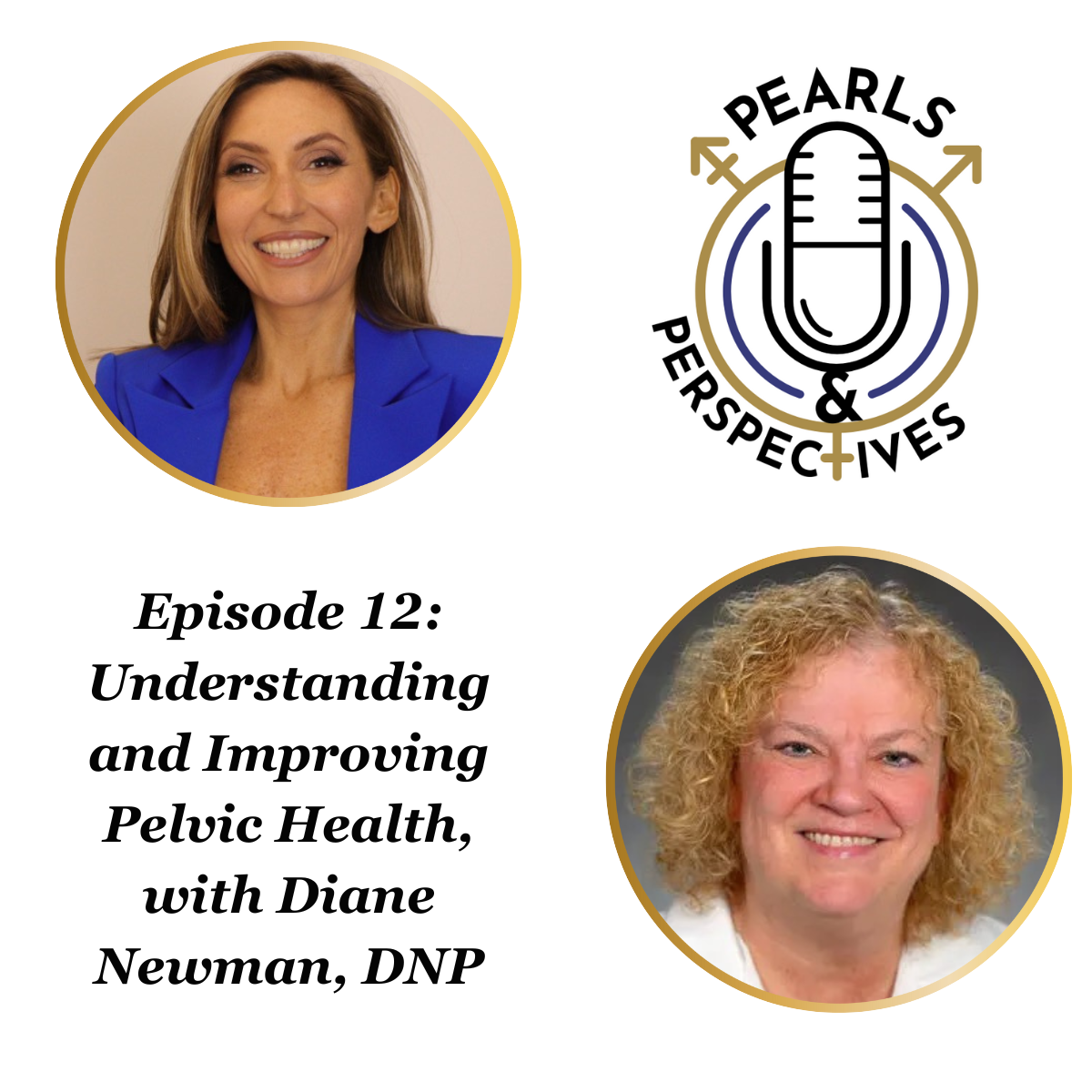Article
Study yields reference values for urodynamic studies
Montreal--Findings from a large cohort study presented at the International Continence Society annual meeting here have led to reference values for clinicians conducting preoperative urodynamic studies in women with stress urinary incontinence.
Montreal-Findings from a large cohort study presented at the International Continence Society annual meeting here have led to reference values for clinicians conducting preoperative urodynamic studies in women with stress urinary incontinence.

"The main hypothesis was to be able to determine what are some of the plausible values that can be obtained in urodynamic studies," explained principal investigator Charles Nager, MD, a clinical professor of obstetrics and gynecology at the University of California, San Diego. "The idea is that other investigators would have values that they can refer to when assessing if their signals are reasonable."
Noninvasive uroflowmetry (NIF) and filling cystometry (CMG) were performed in all subjects using a standardized protocol, standardized script for ICS-defined bladder sensation parameters, and standardized interpretation guidelines. A total of 582 patients met NIF criteria, 585 met CMG baseline pressure inclusion criteria, and 567 met subsequent plausibility screening. Filling cystometry studies were performed with patients in the standing position using fluid-filled catheters and fluid-filled external transducers.
Researchers reported Valsalva leak point pressures (VLPP) as actual vesical pressure (Pves), using atmospheric pressure as the reference. VLPP measures were first attempted at 200 mL and then at 100-mL intervals until leakage occurred or until maximum cystometric capacity (MCC). If leakage did not occur during Valsalva attempts, a cough stress test was conducted at MCC to determine urodynamic stress incontinence.
In terms of results, 95% of the cohort undergoing surgery for pure or predominant stress incontinence had NIF maximum urinary flow rates exceeding 11 mL/sec and baseline Pves and abdominal pressure falling between 12 and 60 cm H2O. Researchers described the study participants as having very compliant bladders, showing a 7-cmH2O rise in vesical pressure between mean baseline and MCC. A total of 422 patients had at least two VLPP measurements, 19 leaked only after prolapse reduction, and 69 leaked only with cough at MCC.
"The findings act as signals that are reasonable or plausible," said Dr. Nager, a member of the Urinary Incontinence Treatment Network, which brings together urologists and urogynecologists at U.S. medical centers to conduct research in the treatment of urinary incontinence.
"These are normative values for this group of women," he said. "If someone were doing a urodynamic study and the baseline pressures were outside of the range of 12 through 60, that could indicate the system is not set up properly, and that it should be assessed for proper functioning systems."
The study also demonstrated that 57 women (10%) who qualified for stress incontinence surgery and had a positive cough test did not show urodynamic stress incontinence. Dr. Nager attributed that finding to the nature of the procedure.
"The fact that they are not showing urodynamic stress incontinence is most likely related to the effect of the catheter inside the urethra causing some partial obstruction," he said. "That is an outcome that is perfectly reasonable."
In addition, the data indicated that a small minority of patients displayed detrusor activity, making it a pre-surgical test that is not efficacious. A total of 34 women (5%) had detrusor activity incontinence and 24 (4%) had detrusor activity without leakage.
"Urodynamics are used preoperatively to screen for detrusor activity," Dr. Nager said. "This finding would suggest that there is a relatively low yield. If your patient has pure or predominant stress incontinence, there's probably only a 10% chance that you will find detrusor activity."
Newsletter
Stay current with the latest urology news and practice-changing insights — sign up now for the essential updates every urologist needs.
















